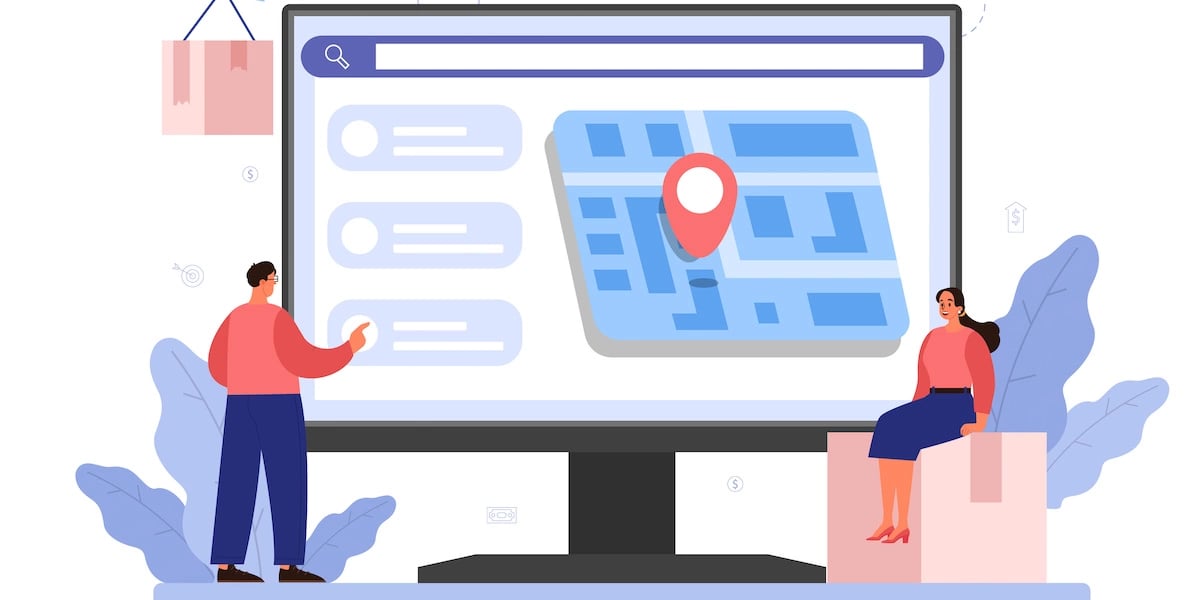Conventional wisdom holds that the last mile is the most expensive part of the supply chain because it’s so much more complex than the earlier stages. But what makes it so complex?

Is it the millions of possible permutations that last mile delivery routes can take? Is it the inherent inefficiency of making large numbers of stops in urban areas? Those are definitely huge contributing factors. But the real kicker when it comes to the high complexity involved in the last mile comes down to customer expectations.
The need to meet ever-evolving customer expectations makes last mile delivery thorny and expensive for modern enterprises. That's exactly why focusing on customer satisfaction in last mile delivery logistics is more important now than ever.
And here are the stats to back that up:
The Importance of Customer Experience in Last Mile Logistics
53% of last mile logistics operators said that ensuring the customer has a great experience is their top concern (Source: DispatchTrack poll)
That number made it the top vote getter among the options. Customer experience was listed as a top priority by more respondents than operational efficiency and boosting capacity combined. What does that tell us? Simply put, it tells us that for many businesses, giving the customer a great experience is worth it even at the cost of maximizing efficiency.
Why? Because when you offer best-in-class delivery experiences, you win positive reviews, good word of mouth, and repeat business.
More than 15% of buyers say they’ll stop patronizing a given retailer after just one late delivery. (Source: Easyship)
After two to three late deliveries, that number jumps all the way up to 55%. Again, it costs a lot less to retain a customer than to go out and find a new one (about 25x less according to the source above).
Delivery disruptions are a part of life, and 100% on-time deliveries might not be feasible. But consistent on-time performance is a huge part of delivery success. To that happen, you’ll need to find AI-powered route optimization that can actually account for the myriad of different factors that impact delivery and service times.
One third of buyers will abandon beloved brands after a single poor experience. In Latin America, that number is nearly 50%. (Source: PWC)
This statistics really hammers home the point above: customers aren’t just buying a product from you. They’re buying an experience—and that experience needs to reflect your brand from end-to-end.
This is true even when you’re working with 3rd parties to fulfill your delivery promises. Customers don’t want to feel like you’ve passed the buck to someone else. Frankly, they usually don’t even notice that you have. Every email schedule confirmation, pre-routing message, and next-stop notification they receive (or don’t receive) is an extension of your corporate identity whether you own the trucks or not.
That’s why it’s so important to focus on customer experience in the last mile by ensuring that customers receive proactive delivery notifications at every step of the way.
4 out of 5 shoppers say that the most important service an online retailer can offer is letting customers know when their orders will arrive. (Source: Forrester research)
A significant majority of shoppers want exactly the kind of experience we were outlining above. They want to be kept up-to-date on what’s happening with their online orders, especially on the delivery date.
Of course, the complexity of the final leg of the delivery process means that this is easier said than done. To offer visibility to your customers, you first need visibility within your own four walls.
This requires both real-time tracking of drivers and orders and a constant stream of information that’s actually usable into an intuitive dashboard. This way, customers are empowered to get the information they need when things are going right—and you’re empowered to step in and offer solutions when things aren’t.
Almost 75% of shoppers rate receiving a message with order tracing information as “very important” (Source: Narvar via Inbound Logistics)
The same source found that a full 98% of customers said they felt better when they were immediately notified about any delivery issues. Again, no company has perfect order performance on every single order. And customers know this—which is why their biggest priority is simply having the information they need to be prepared for the delivery.
And giving customers the ability to track their own packages doesn't just boost satisfaction—it also saves you money. Customers don’t want to call in to get information, and if they don’t have to, they won’t. This means that your customer service team doesn’t have to spend all it’s time fielding phone calls, and can instead focus on more valuable tasks, e.g. working with customers whose orders aren’t going to plan.
Last mile logistics as a process certainly hasn’t gotten any easier in recent years. But the tools available to modern retailers, distributors, third party logistics companies, and other businesses have gotten more and more robust.
That means that where customer experience was once difficult to control after the goods left the warehouse, it’s now possible to boost visibility enough to keep customers informed at every step of the way and help them feel like they’re in control of their deliveries. The ability to do this consistently is going to be more and more important going forward, which is why a robust last mile delivery solution is so crucial to success.